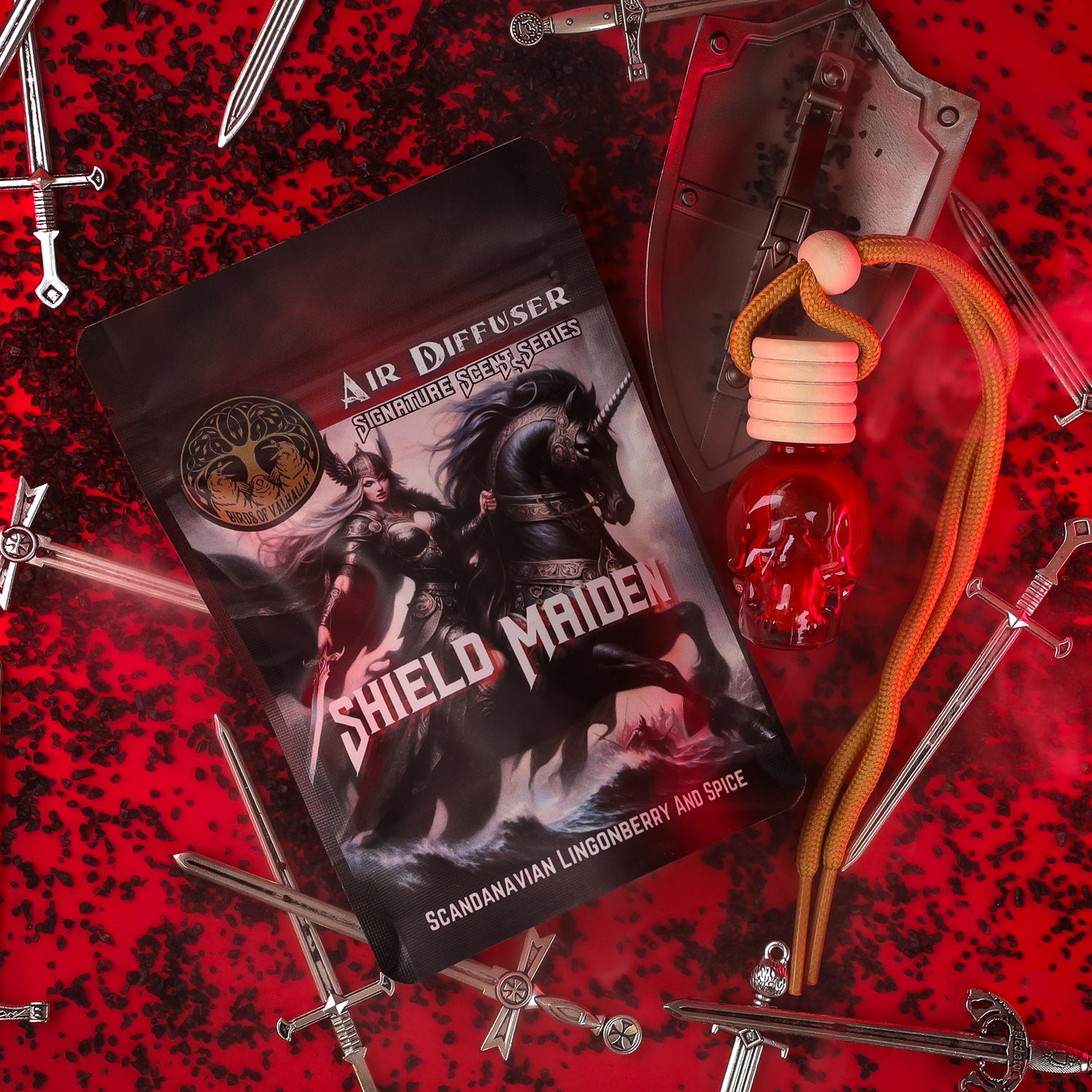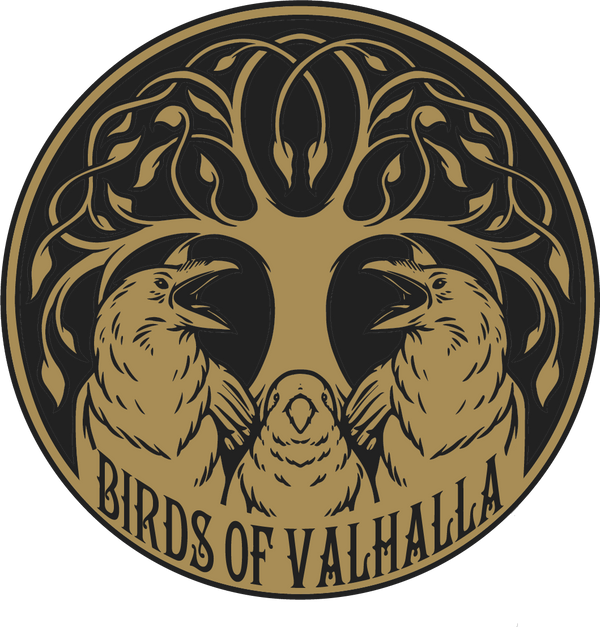Rune Decoder - Learn to Read the Runes that are Buried in Some of our Soaps!
Have you seen our Rune Stone Soap Bars? We have several different scents, and the best part is they come with your very own rune stone! Match your rune with the symbols in the rune decoder below to learn more about what your rune means. Also, keep reading after the charts for more information about the symbols and their intricate history.
Like our rune decoder and interested in more? We also sell complete rune sets for those who want to continue their divination journey.
THE ELDER FUTHARK RUNES
ᚠ |
ᚢ |
ᚦ |
ᚨ |
ᚱ |
ᚲ |
ᚷ |
ᚹ |
ᚺ |
ᚾ |
ᛁ |
ᛃ |
ᛇ |
ᛈ |
ᛉ |
ᛊ |
ᛏ |
ᛒ |
ᛖ |
ᛗ |
ᛚ |
ᛜ |
ᛞ |
ᛟ |
INTERPRETATIONS OF THE RUNES
ᚠ (F) Fehu; CattleCattle/Wealth, Money Represents wealth, abundance, and prosperity. Often associated with material success and financial security. |
ᛇ (Ei) Eihwaz, The Yew TreeLoyalty in Love and Friendship, New Beginnings Symbolizes endurance, resilience, and the connection between life and death. It represents the ability to withstand adversity. |
ᚢ (U) Uruz; Huge Wild OxenWild Ox, Strength of will, Courage Symbolizes strength, raw energy, and power. It is indicative of physical health, vitality, and courage. |
ᛈ (P) Perthro; The Gambling CupChance, Good Luck, Self Assurance Often associated with fate, mystery, and the unknown. It is a rune of chance and potential. |
ᚦ (Th) Thurisaz; Thor’s HammerForeshadowing, danger, suffering Represents defense, protection, and resistance. It can also signify a challenge or a conflict that needs to be overcome. |
ᛉ (Z) Algiz; The Elk or Eel-grassFearless Resolve, Altruism, Financial Stability Represents protection, guardianship, and connection with the divine. It is a symbol of defense and shielding. |
ᚨ (A) Ansuz; OdinVoice of universe, Communication Associated with communication, wisdom, and divine influence. It represents the power of words and knowledge. |
ᛊ (S) Sowilo; The SunSelf Confidence, Health and Happiness Symbolizes success, honor, and spiritual power. It represents the sun and the victory of light over darkness. |
ᚱ (R) Raidho; Riding, Wagon WheelWork, Growth, Present time Symbolizes movement, travel, and a journey. It signifies progress and the right path in life or a situation. |
ᛏ (T) Tiwaz; The Pole or Guiding StarThe hard path. Justice, Truth, Sacrifice Associated with justice, leadership, and moral strength. It represents the qualities of discipline and responsibility. |
ᚲ (K) Kenaz; The TorchFire, Inspiration, Inner insight Represents knowledge, enlightenment, and understanding. It can also symbolize creativity and inspiration. |
ᛒ (B) ; The Birch TreeRenewal, Healing, Spiritual Progress, Mother, Fertility Symbolizes growth, renewal, and fertility. It is often associated with new beginnings and nurturing. |
ᚷ (G) Gebo; The GiftGift, Balance Symbolizes gifts, generosity, and partnerships. It represents the importance of balance in relationships and exchanges. |
ᛖ (E) Ehwaz; The HorseHarmonious Relationships, Balance, Growth Represents partnership, trust, and cooperation. It symbolizes harmony between companions or allies. |
ᚹ (W) Wunjo; JoyPersonal Happiness Associated with joy, happiness, and harmony. It signifies contentment and the achievement of goals. |
ᛗ (M) Mannaz; MankindStrengths & Weaknesses, Equality, Learning Associated with humanity, self-awareness, and social order. It represents the collective human experience. |
ᚺ (H) Hagalaz; The Ice SeedDestructive and Creative forces Represents disruptive natural forces, change, and chaos. It is often seen as a rune of challenge and transformation. |
ᛚ (L) Laguz; Water, The SeaRisks, Unexpected Opportunity, Intuition Symbolizes water, intuition, and the subconscious. It represents emotional depth and fluidity. |
ᚾ (N) Naudhiz; Festival Fire, Our NeedsCelebration of Self-Made Success, Love Magic Symbolizes need, necessity, and survival. It can indicate hardships but also the resilience and resourcefulness needed to overcome them. |
ᛜ (Ng) Ingwaz; The Fertility GodInitiation, Creativity, Fertility- especially Male, Patience Represents fertility, potential, and internal growth. It is often associated with the god Ing and earth's fertility. |
ᛁ (I) Isa; IceCaution, slow progress, reconciliation Represents stillness, stability, and the status quo. It signifies a time of pause or a need for reflection. |
ᛞ (D) Dagaz; The AwakeningThe light at the end of the tunnel Symbolizes breakthrough, awakening, and awareness. It represents clarity and the balance between night and day. |
ᛃ (J) Jera; The HarvestFertility, Children, Reward or Bonus Associated with cycles, harvest, and rewards. It symbolizes the fruition of plans and the benefits of hard work. |
ᛟ (O) Othala; the HomesteadProperty Matters, Financial & Emotional Stability Represents heritage, inheritance, and ancestral wisdom. It signifies home, property, and the connection to one's roots. |
The Elder Futhark runes, an ancient form of writing, are one of the oldest known runic alphabets. This is the alphabet that we have used in the rune decoder above. Originating in the 2nd century AD and used until approximately the 8th century, they hold a significant place in the history of written language, particularly among Germanic tribes in Northern Europe.
The name "Futhark" is derived from the first six letters of the runic alphabet - F, U, Þ (th as in "thing"), A, R, and K. This alphabet consists of 24 runes, each of which not only represents a sound but also carries its own meaning and symbolism. These meanings often relate to various aspects of life and the natural world, reflecting the beliefs and values of the societies that used them.
Elder Futhark runes were used for a variety of purposes. They served as a practical tool for writing, but they were also believed to possess magical and divinatory properties. Runes were carved on various materials, including wood, stone, metal, and bone. These inscriptions ranged from simple markings on grave goods and weaponry to more complex compositions found on memorial stones.
The use of Elder Futhark declined with the rise of Christianity, which brought the Latin alphabet to the regions where the runes were in use. However, their influence did not completely vanish. Runes evolved into various younger forms, such as the Younger Futhark and Anglo-Saxon Futhorc, adapting to changes in language and culture over time.
Today, the Elder Futhark runes are a subject of interest not only for linguists and historians but also for those interested in ancient cultures and mythology. They are often seen in modern media, art, and literature, reflecting their enduring legacy and mystique.
Now that you've had a chance to learn more about these ancient symbols, take a look below at a few of our Norse-Inspired Runestone Soaps. Grab a few, and come back to the rune decoder once you're ready for more divination.


